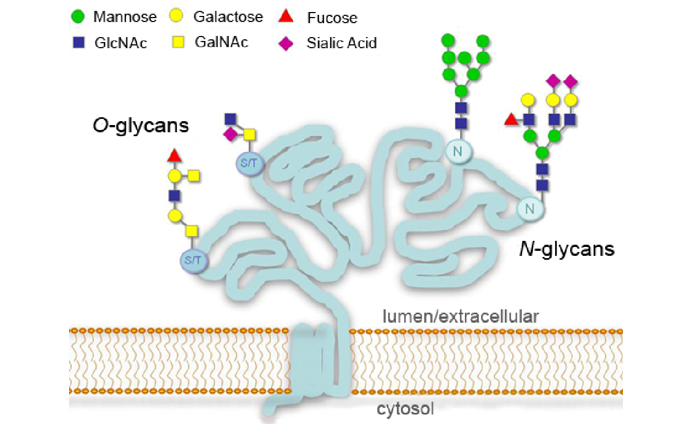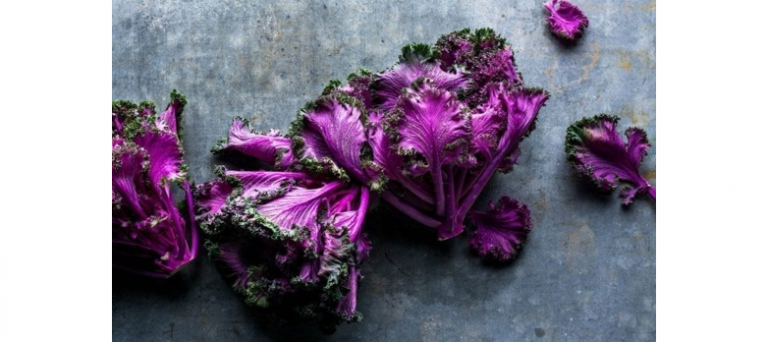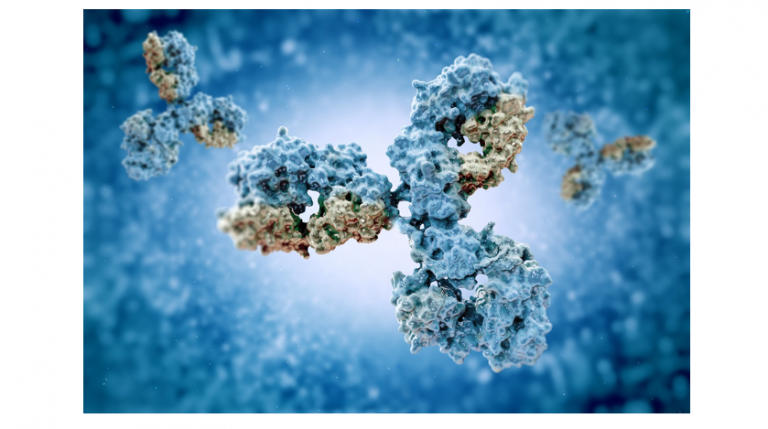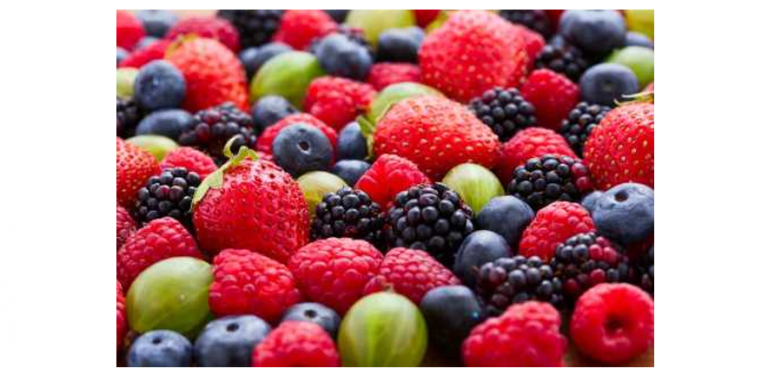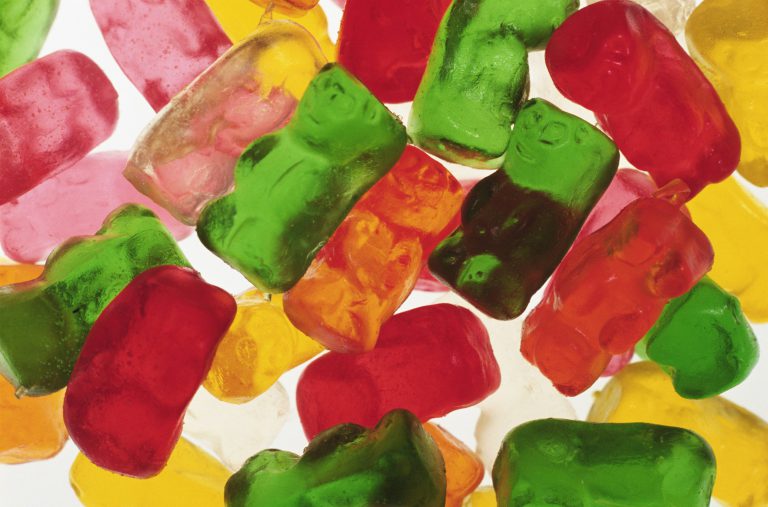QUALITATIVE AND QUANTITATIVE ANALYSES FOR PROTEIN GLYCOSYLATION
After transcription and translation, genes produce long chains of amino acids with specific sequences, which are precursors to proteins. After covalent modification, folding, curling, and forming a specific spatial conformation, they become mature and functional proteins. Covalent modification plays an important role in the protein maturation process. Many key functions of proteins, especially those related to regulation, are achieved after covalent modification. Post-translational modifications can occur at any site of a protein. There are currently hundreds of post-translational modifications reported in the literature. Common ones include glycosylation modification and acetylation modification. The Role of Glycosylation Modification Protein glycosylation is one…
